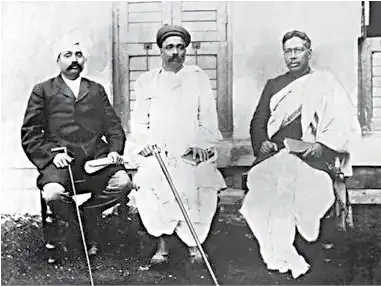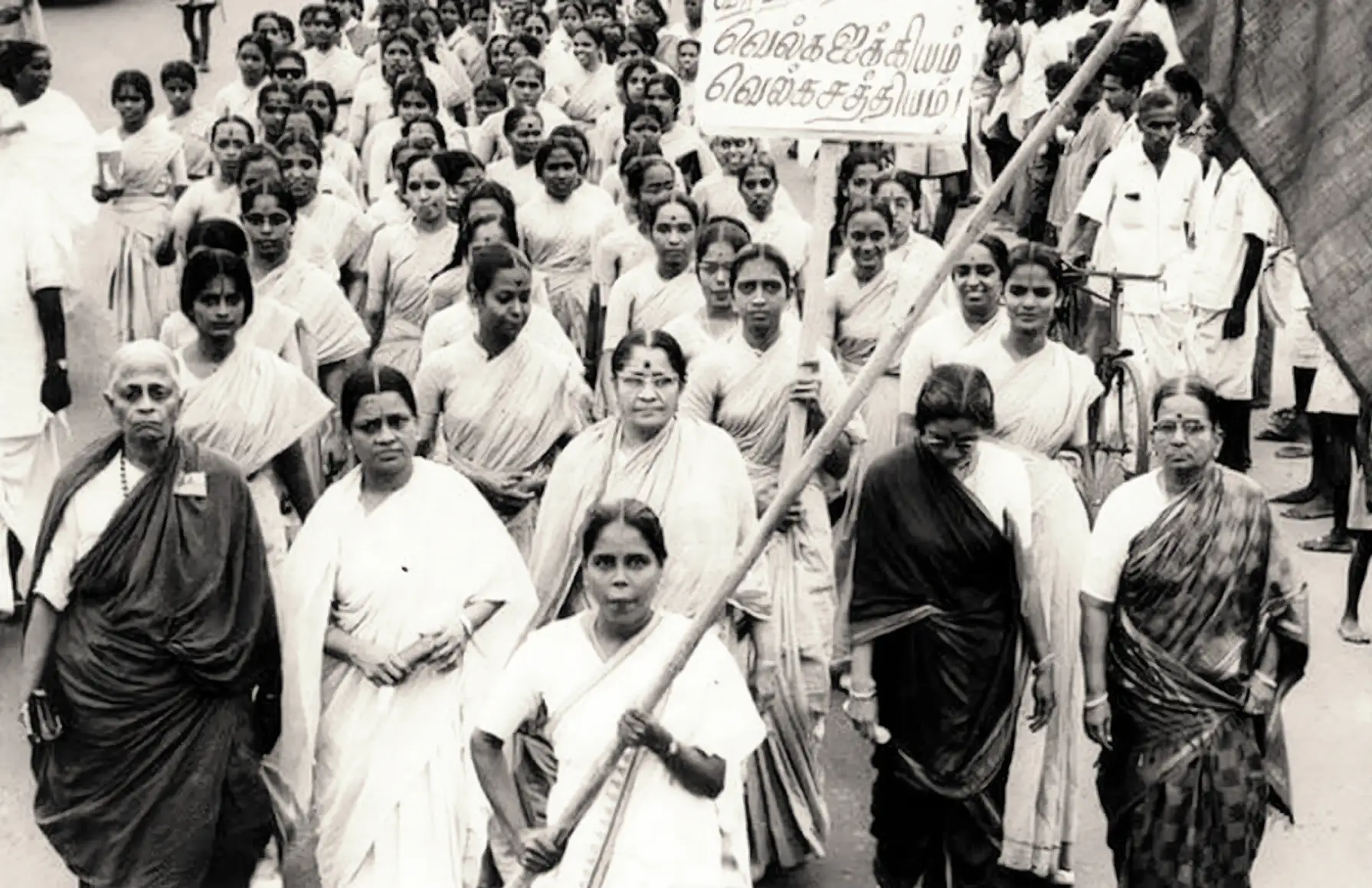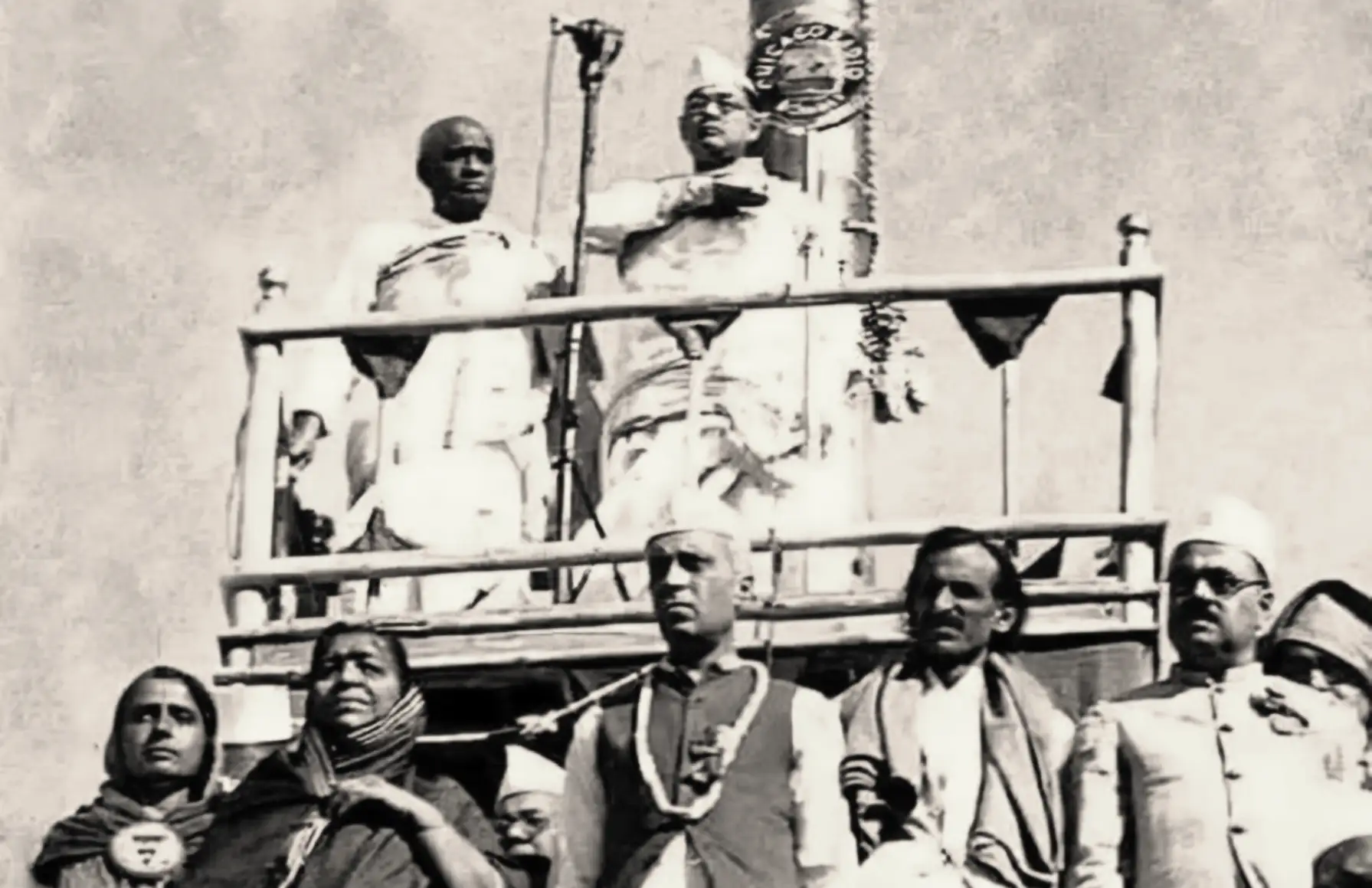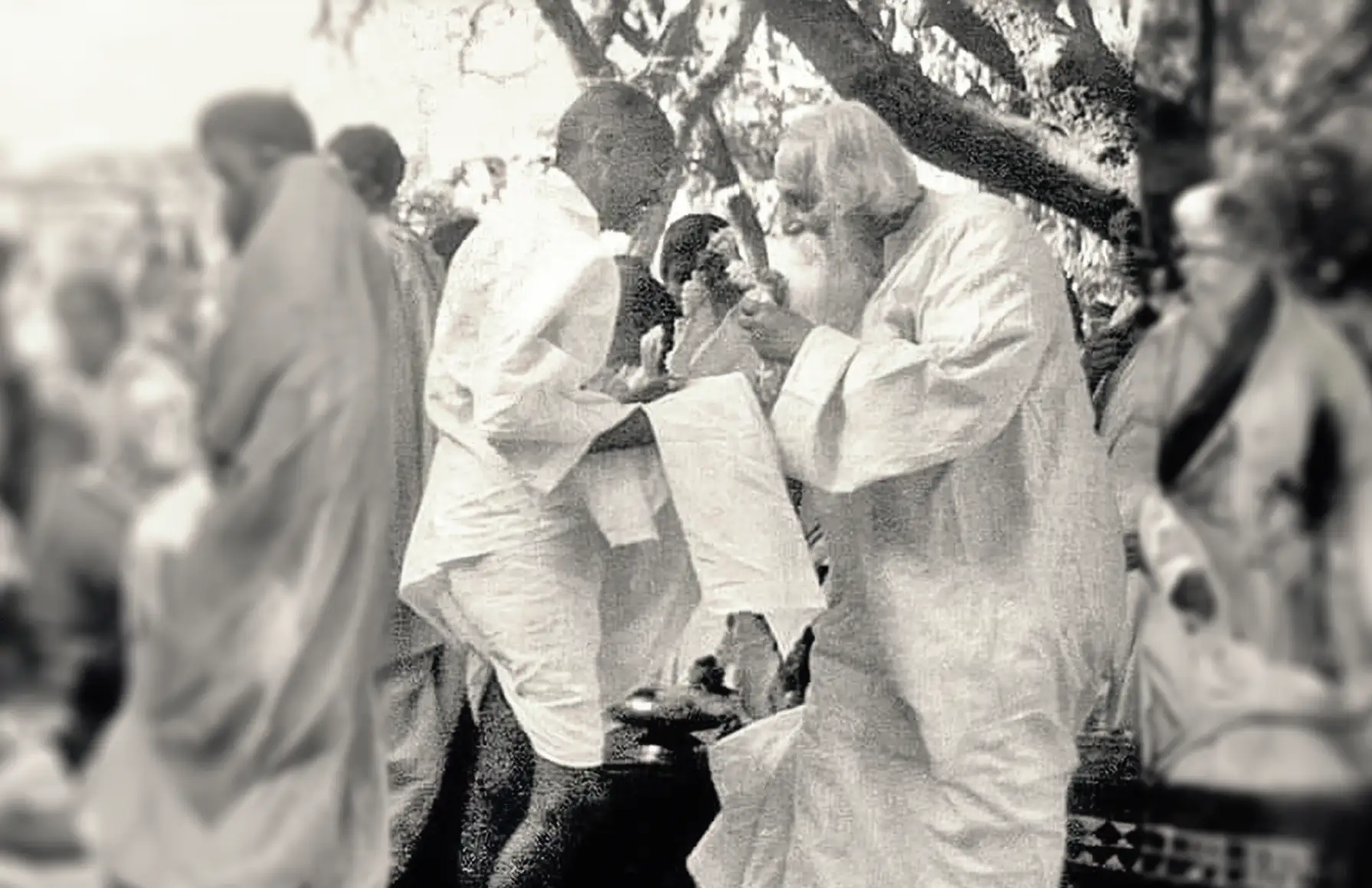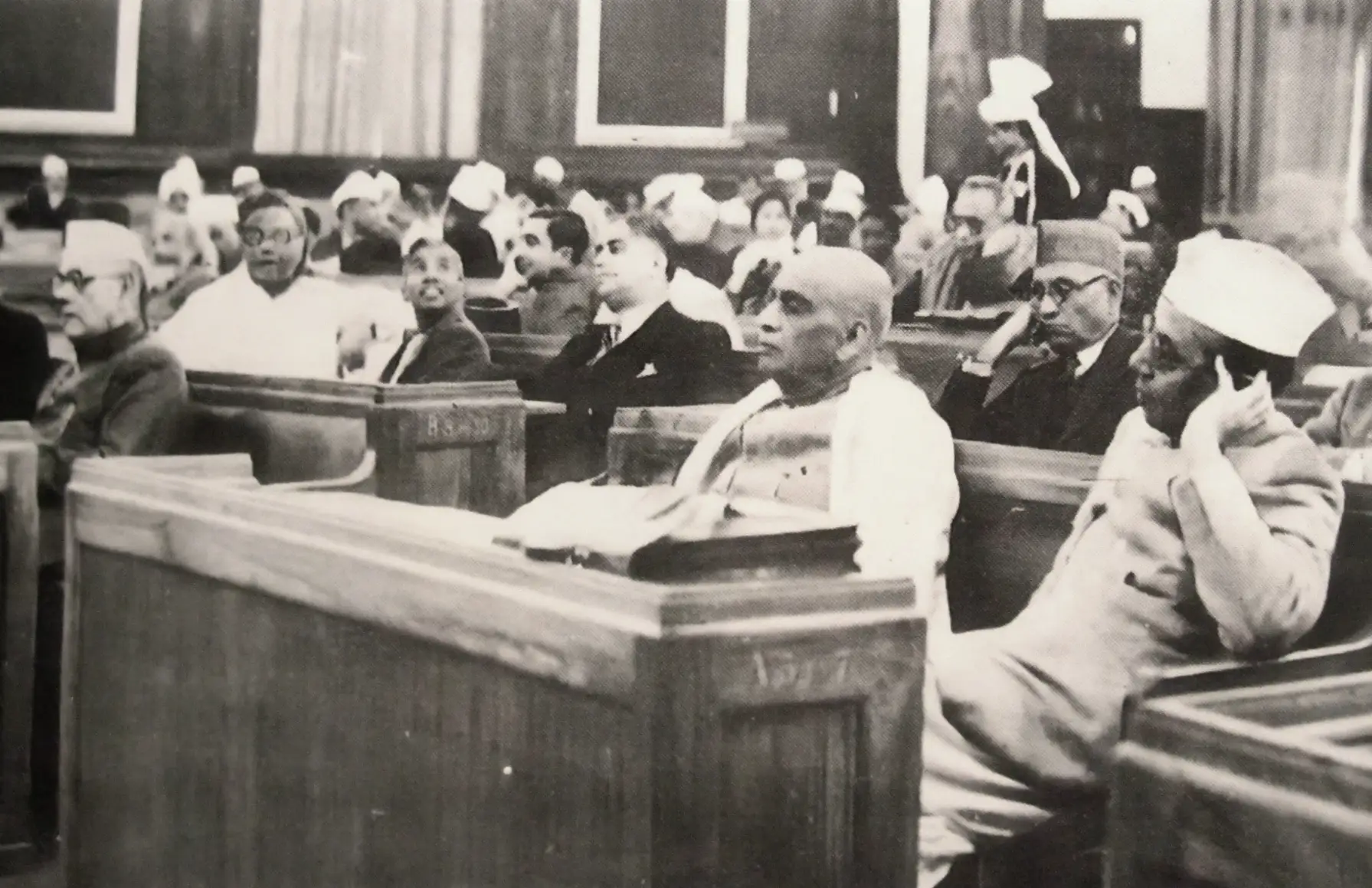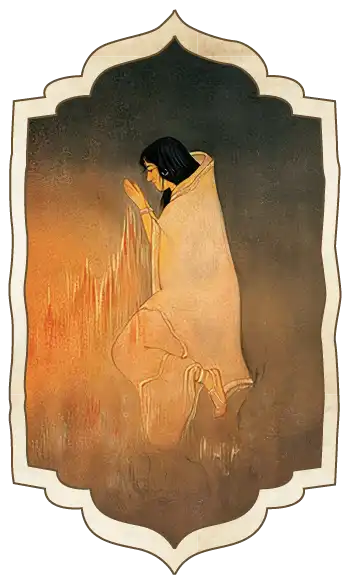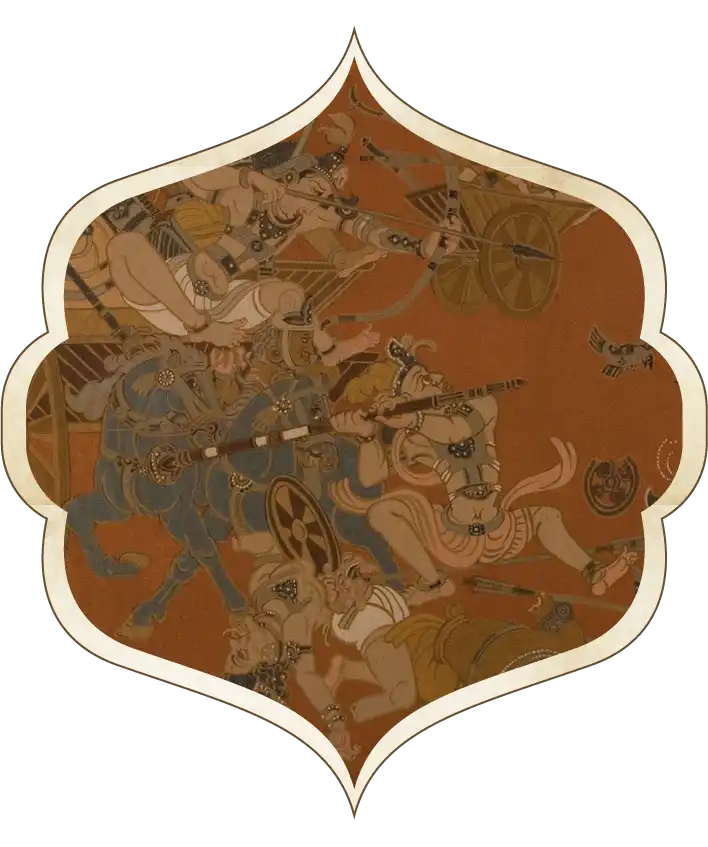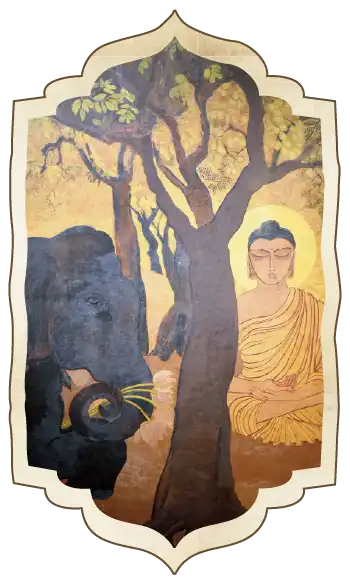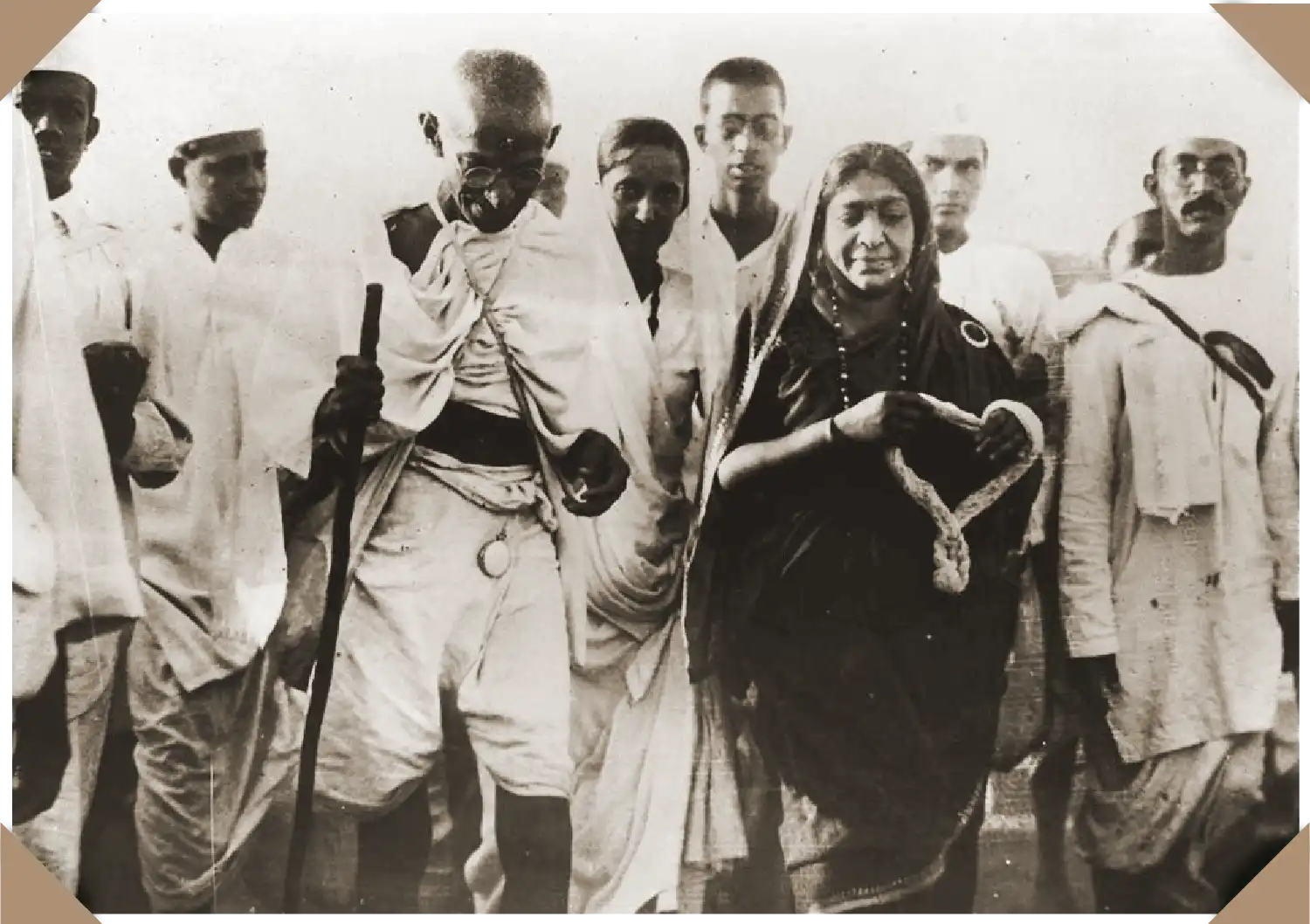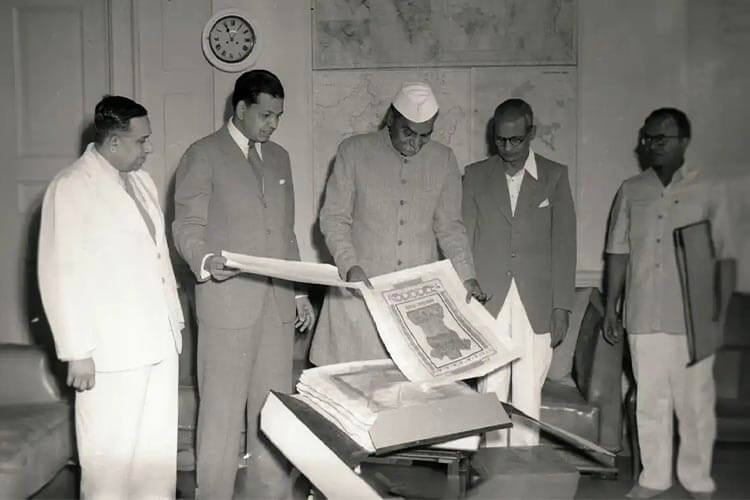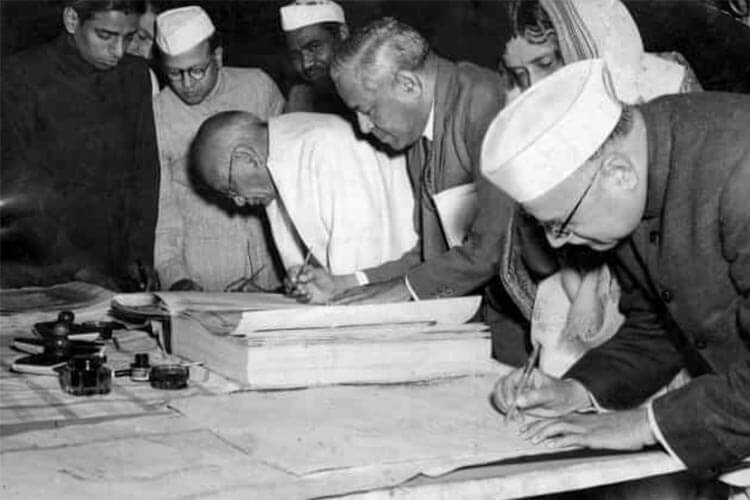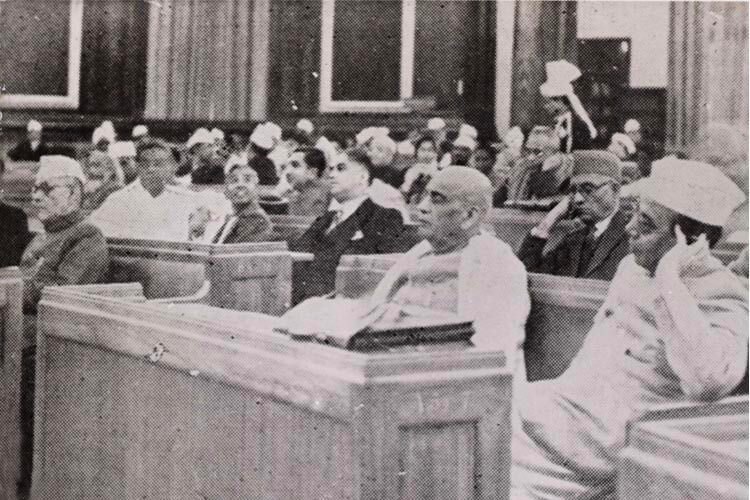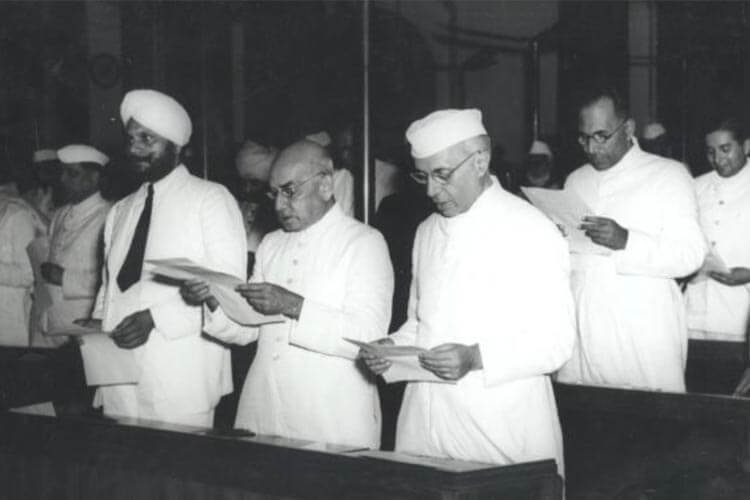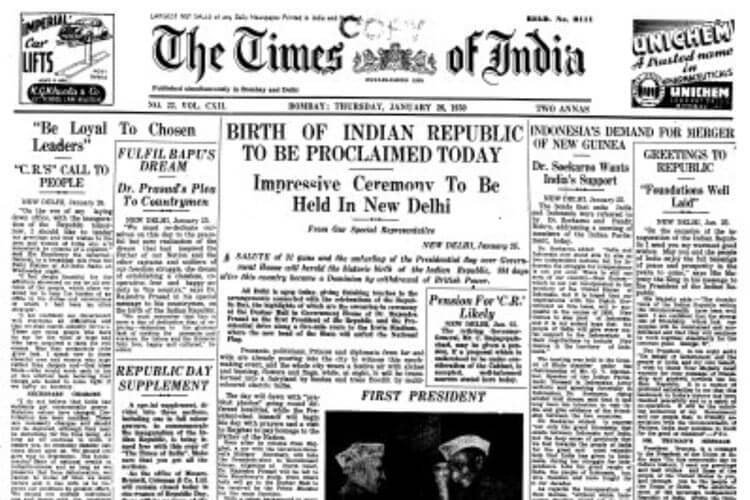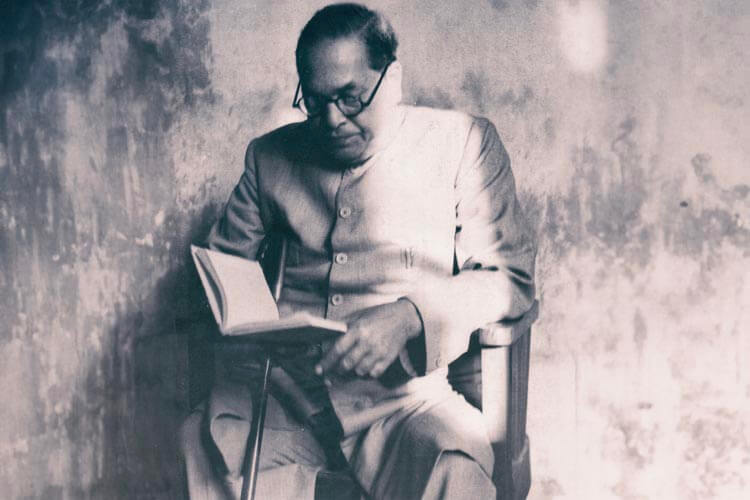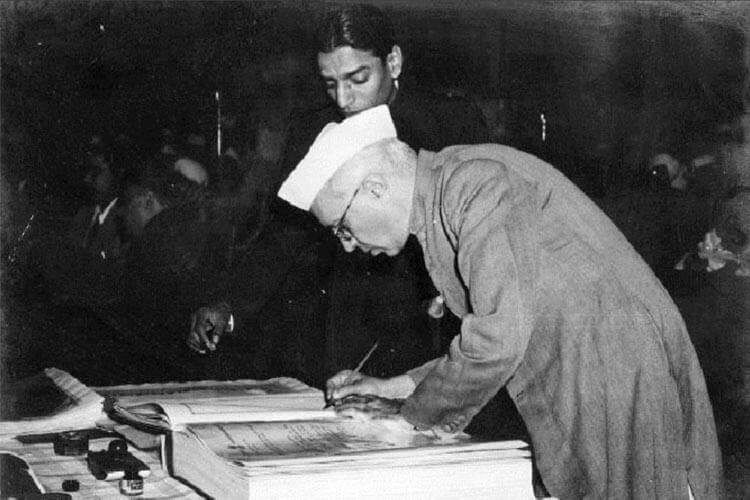India's Constitution is the longest in the world, and contains 1.46 lakh words. The Constituent Assembly (A constituent assembly is a body assembled for the purpose of drafting or revising a constitution), which first met on 9 December 1946, took exactly 2 years, 11 months and 18 days to come up with the final draft. When the draft was prepared and put up for debate and discussion, over 2000 amendments were made before it was finalised.
We the People
and our Constitution

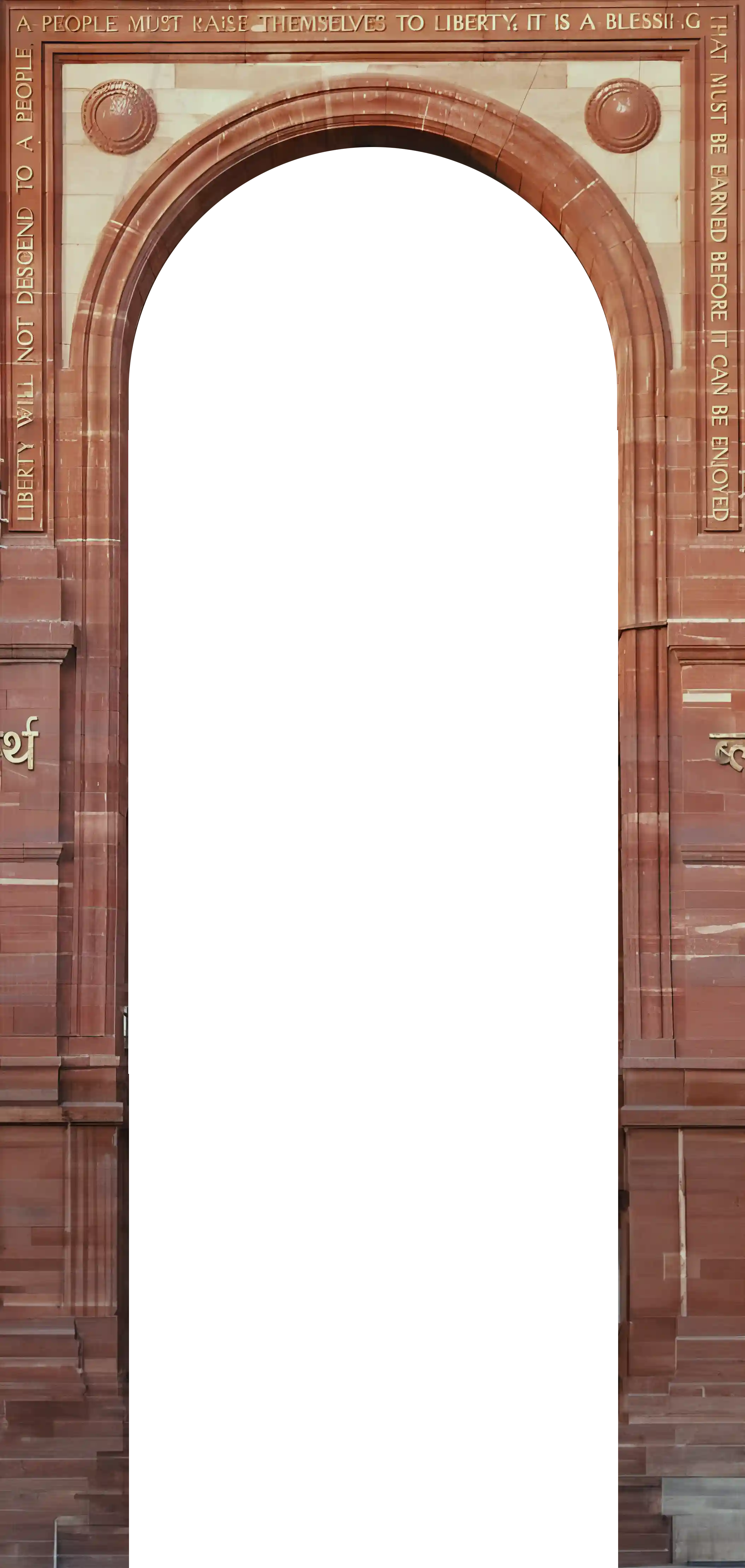
The Indian independence movement was a series of historic events and untiring struggle with the ultimate aim of ending British rule in India also known as British Raj. It lasted from 1857 to 1947.
It was claimed that “the sun never sets on the British empire”. Well, it did, and a bright new sun arose on the Indian subcontinent. An ancient land and its people shook off the yoke of the empire.
15th August 1947 was India’s tryst with destiny.
India's greatest capital
The Indian Constitution that guides and defines the world's largest democracy is nothing but a miracle by design. Designed to endure, inspire and house diversity.


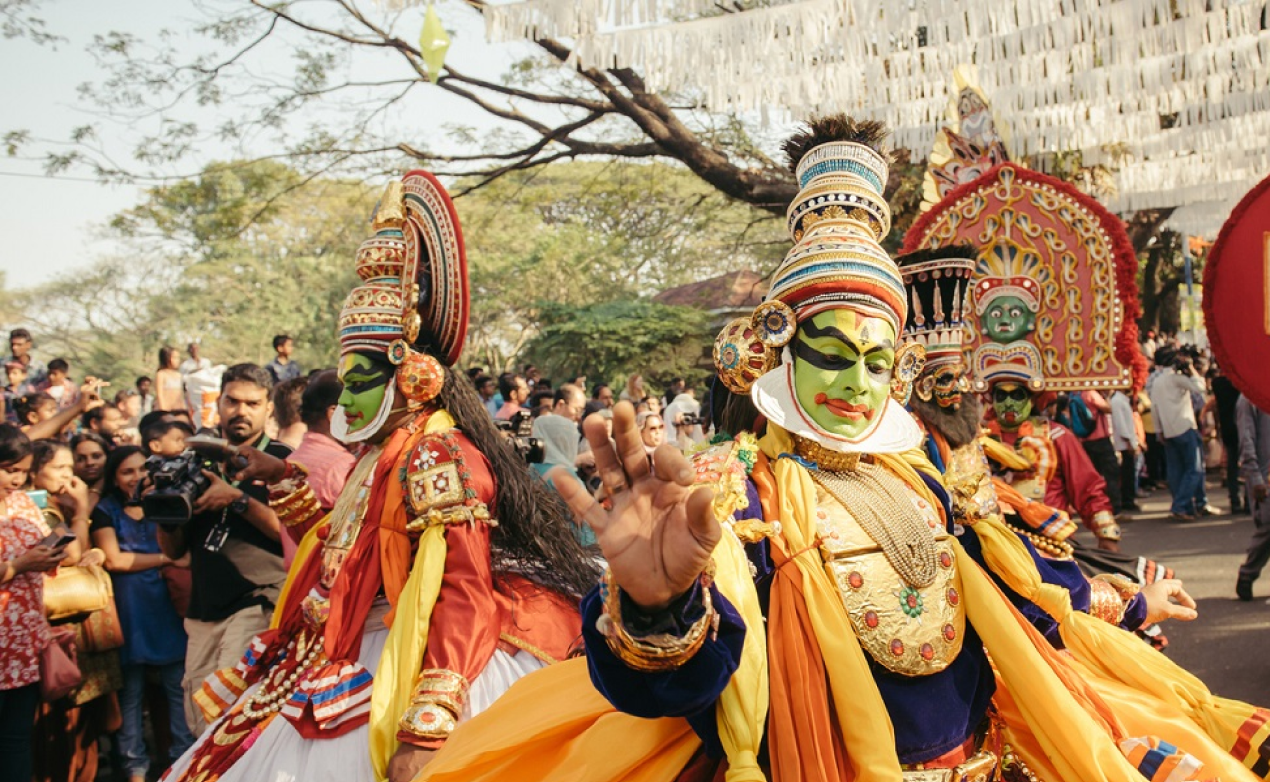



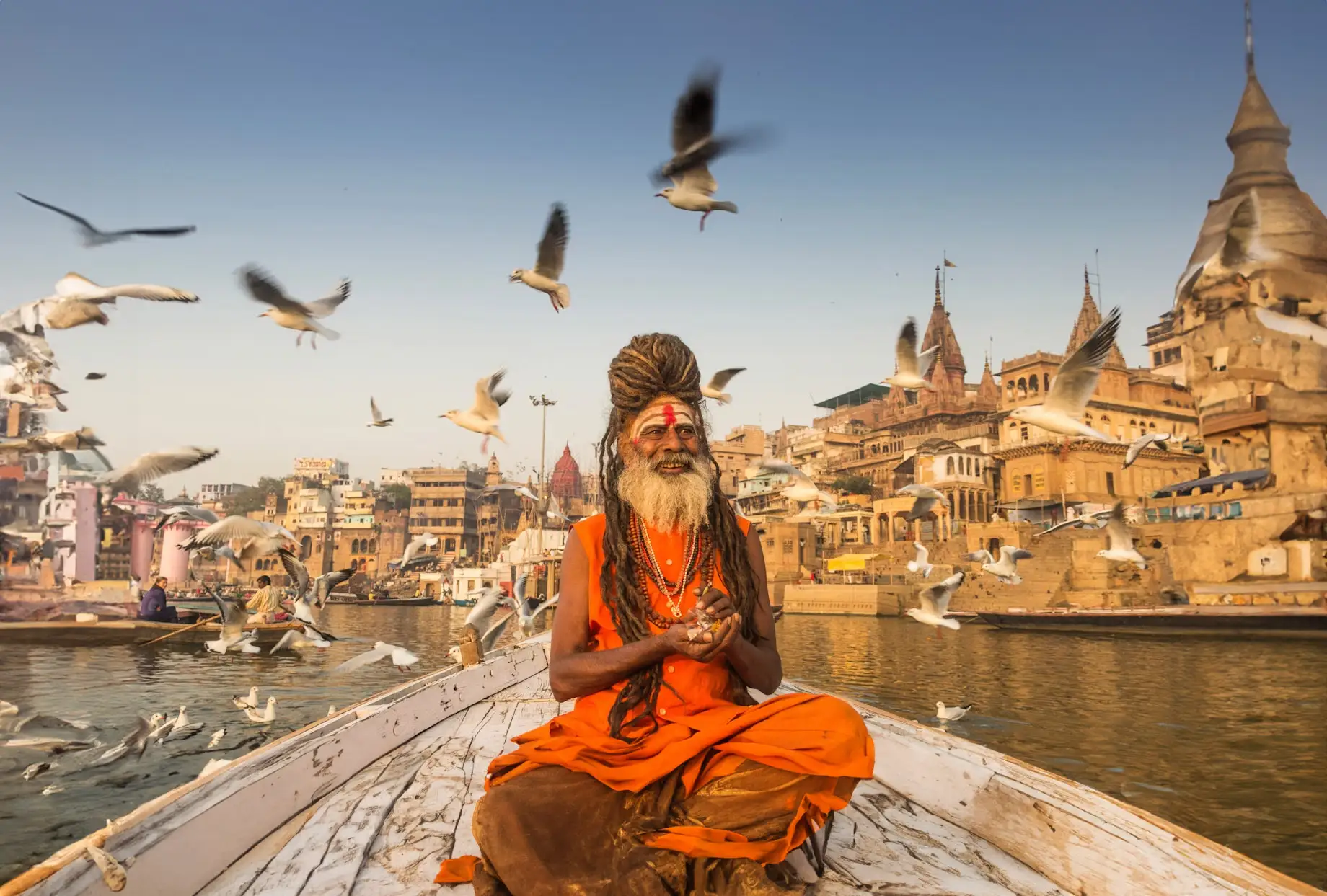

In hindsight given that our Constitution predates the notion of design thinking (Design thinking was articulated by computer scientist and Nobel Prize laureate Herbert A. Simon in 1969) and that Constitutions have been infinitely more defining for entire nations - one can say that the founding architects of our country and the Constitution's drafting committee were both - prescient and design thinkers of the highest pedigree. To have envisioned, designed and written a Constitution that has governed and guided a country as diverse as India, its people and institutions.
our Constitution unique?

The Constituent Assembly had 389 members of which 292 were representatives of the provinces, 93 represented the princely states and four were from the Chief Commissioner provinces of Delhi, Ajmer-Merwara, Coorg and British Baluchistan.
The Constituent Assembly sat for a total of 11 sessions. The 11th session was held between 14-26 November 1949. On 26 November 1949, the final draft of the Constitution was ready. With 395 articles, each debated by the members of the Constituent Assembly, and with 22 parts and 8 Schedules.

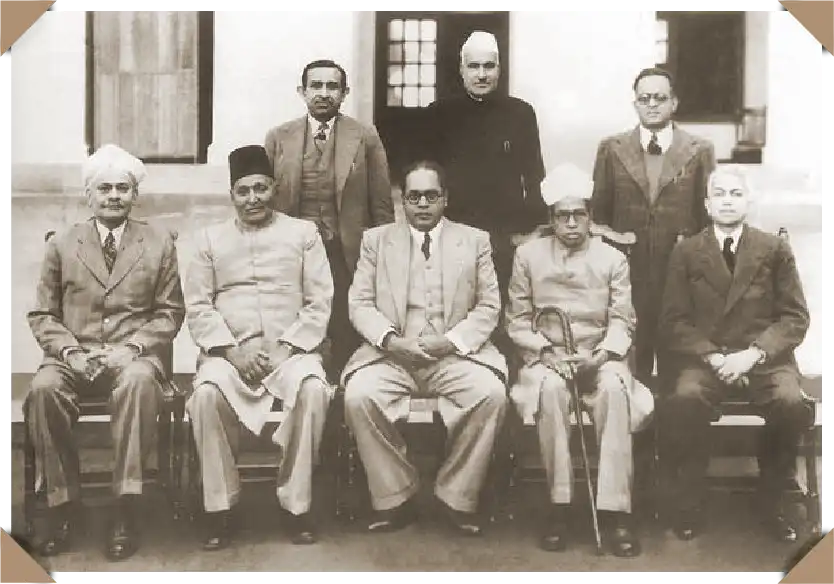




Towards the end of October 1947, the Drafting Committee began to scrutinise the Draft Constitution prepared by B.N. Rau, the Constitutional Advisor.
Sir Benegal Narsing Rau helped draft the constitutions of Burma (Myanmar) in 1947 and India and served as the President of the UN Security Council. In 1949 he became India’s permanent representative to the UN. From February 1952 until his death, he was a judge of the Permanent Court of International Justice, The Hague. Before his election to the court, he was regarded as a candidate for Secretary - General of the United Nations.



The Constitution wasn't printed or typed out!
It was handwritten by the noted calligrapher Prem Behari Narain Raizada in a flowing italics style.

Raizada, who hailed from a family of calligraphers, was asked by Jawaharal Nehru, to write the first copy of the document.
It is believed that when asked how much he would charge as fees, he had just one request: he wanted to sign on every page, and sign on the last page with his grandfather.
Raizada, it is said, used No. 303 nibs for the English calligraphy, and the Hindu nib, imported from Birmingham, for the Hindi calligraphy.



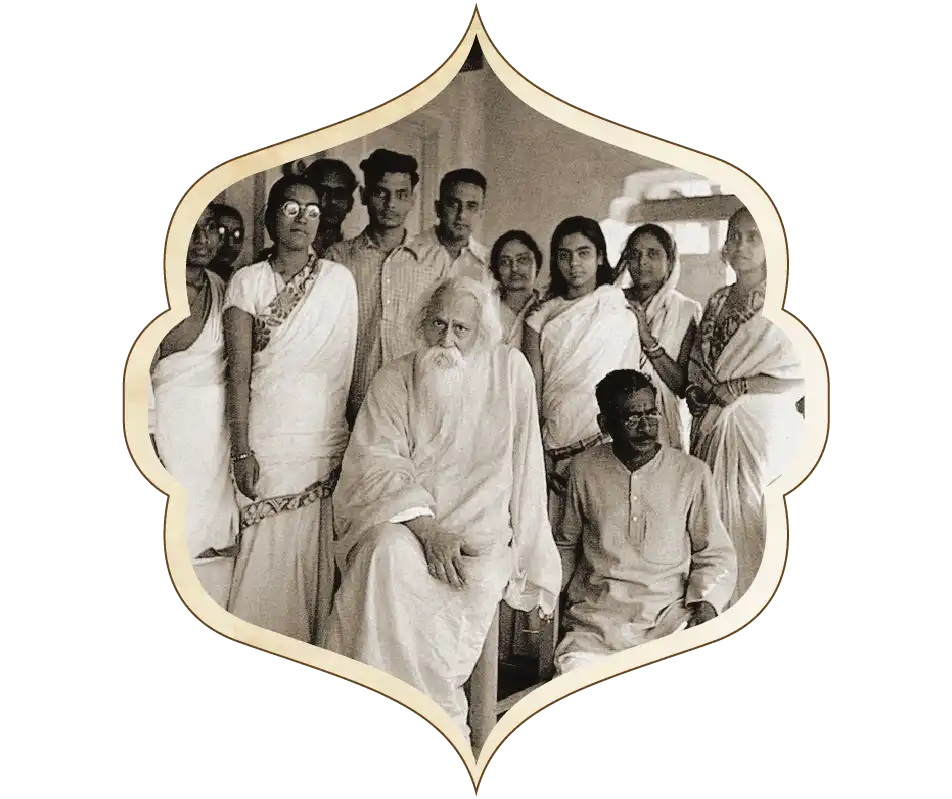
She is our own, the darling of our hearts, Santiniketan.
Our dreams are rocked in her arms. Her face is a fresh wonder of love every time we see her, for she is our own, the darling of our heart. In the shadows of her trees we meet, in the freedom of her open sky. Her mornings come and her evenings bringing down heaven’s kisses, making us feel anew that she is our own, the darling of our heart.
— Rabindranath Tagore


Dinanath Bhargava, a student of Nandalal Bose sketched the National Emblem, the Lion Capital of Ashoka.
Hailing from the small town of Multai in Betul district of Madhya Pradesh, he was in his early 20s and was pursuing a 3-year Diploma in Fine Arts at Shantiniketan.
The National Emblem has the slogan ‘Satyameva Jayate’ (Truth alone triumphs) which is a quote from the Mundaka Upanishad, the ancient Indian scripture.



The Lion capital of Ashoka is carved out of a single block of polished sandstone, and was always a separate piece from the column itself. It features four Asiatic Lions standing back to back.

They are mounted on an abacus with a frieze carrying sculptures in high relief of an elephant, a galloping horse, a bull, and a lion, separated by intervening spoked chariot-wheels.

The elephant represents the origins of Buddha as dreamt by his mother at the time of his conception.

The horse represents loyalty, speed, energy, and virtues like agility & faithfulness.

The bull on the abacus is representative of virtues like dedication, hard work and steadfastness.

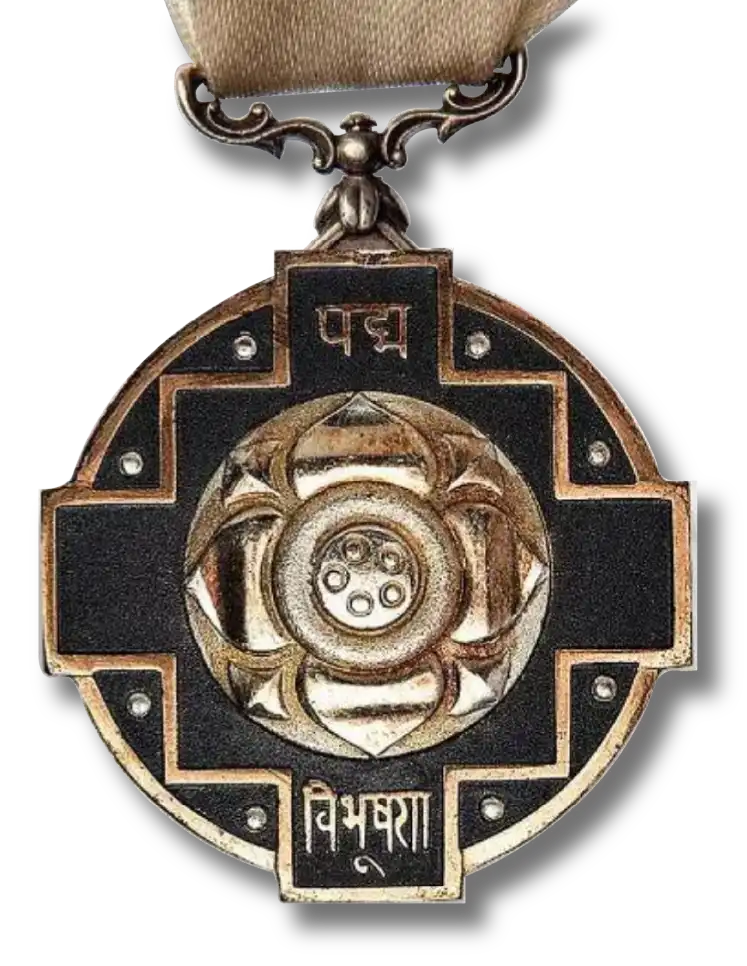

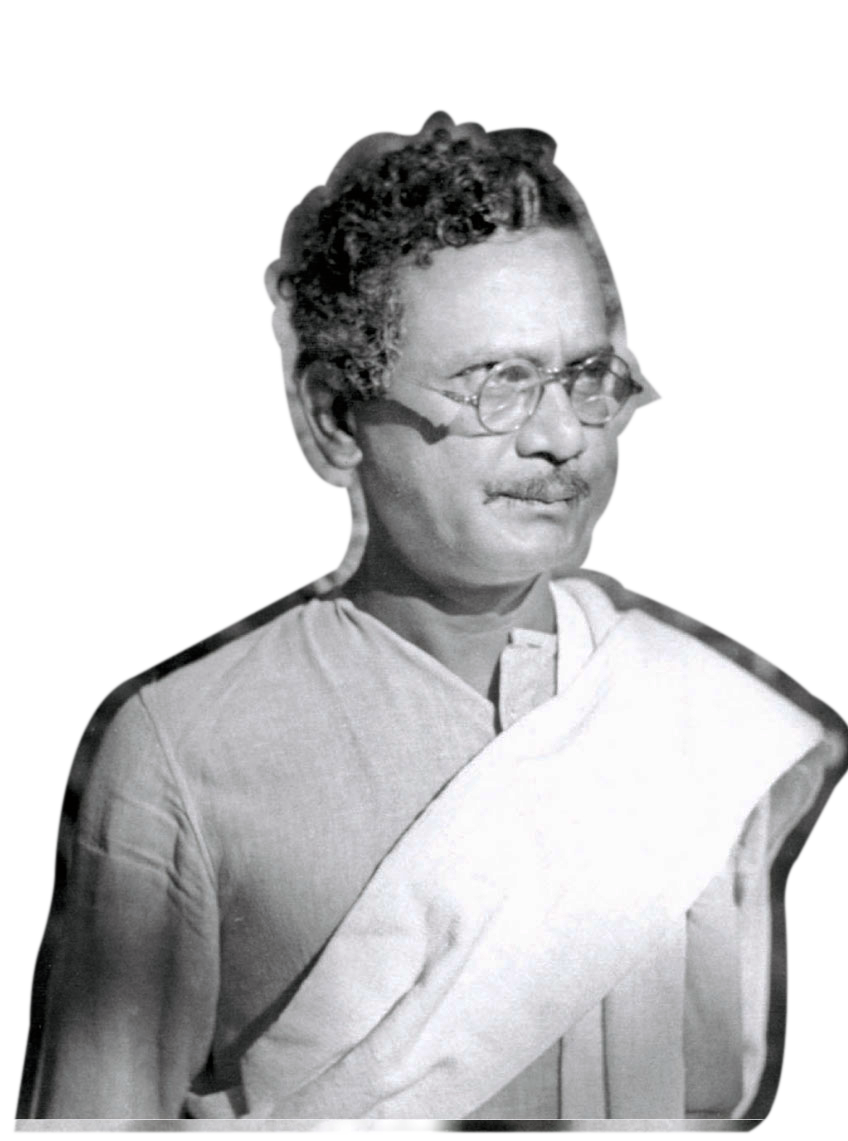

Nandalal Bose's contributions in the task of beautifying the original manuscript of the ‘Constitution of India’ and designing the emblems of Bharat Ratna and Padma Shri, the highest civilian awards from the Government of India, on the request of Jawahar Lal Nehru, the first Prime Minister of India, are monumental.
Born in 1882, Kharagpur in the Bengal Presidency of pre-independence India, Nandalal Bose studied at Calcutta’s Government School of Art under the tutelage of Rabindranath Tagore.
He trained under the eminent artist Abanindranath Tagore and was widely regarded as the most gifted of his pupils. Bose later, taught many notable Indian modernists, including K.G. Subramanyan, Benode Behari Mukherjee, and Ram Kinkar Baij. Nandalal Bose is esteemed as one of the pioneers of the ‘nationalist modern’ in Indian Art.

Nandalal Bose on the dictation of Mahatma Gandhi had put an exhibition of art and craft during the Lucknow Congress in 1936. His association with Gandhi can be further marked in his iconic linocut that commemorated Gandhi’s Dandi March.
In 1954, Nandalal Bose was awarded the Padma Vibhushan among several other awards from prestigious universities and institutions of India.




Designed around diversity

The introductory part of the original document of the Constitution of India starts with a popular Indus Valley seal-mark, the bull. The rarity of this seal has continued to hold interest amongst historians, as the humped bull is a recurring theme in many of the ritual and decorative arts of the Saindhav (Indus) region, making an appearance on painted pottery and as figurines.
The rarity of this seal has continued to hold interest amongst historians, as the humped bull is a recurring theme in many of the ritual and decorative arts of the Saindhav (Indus) region, making an appearance on painted pottery and as figurines.
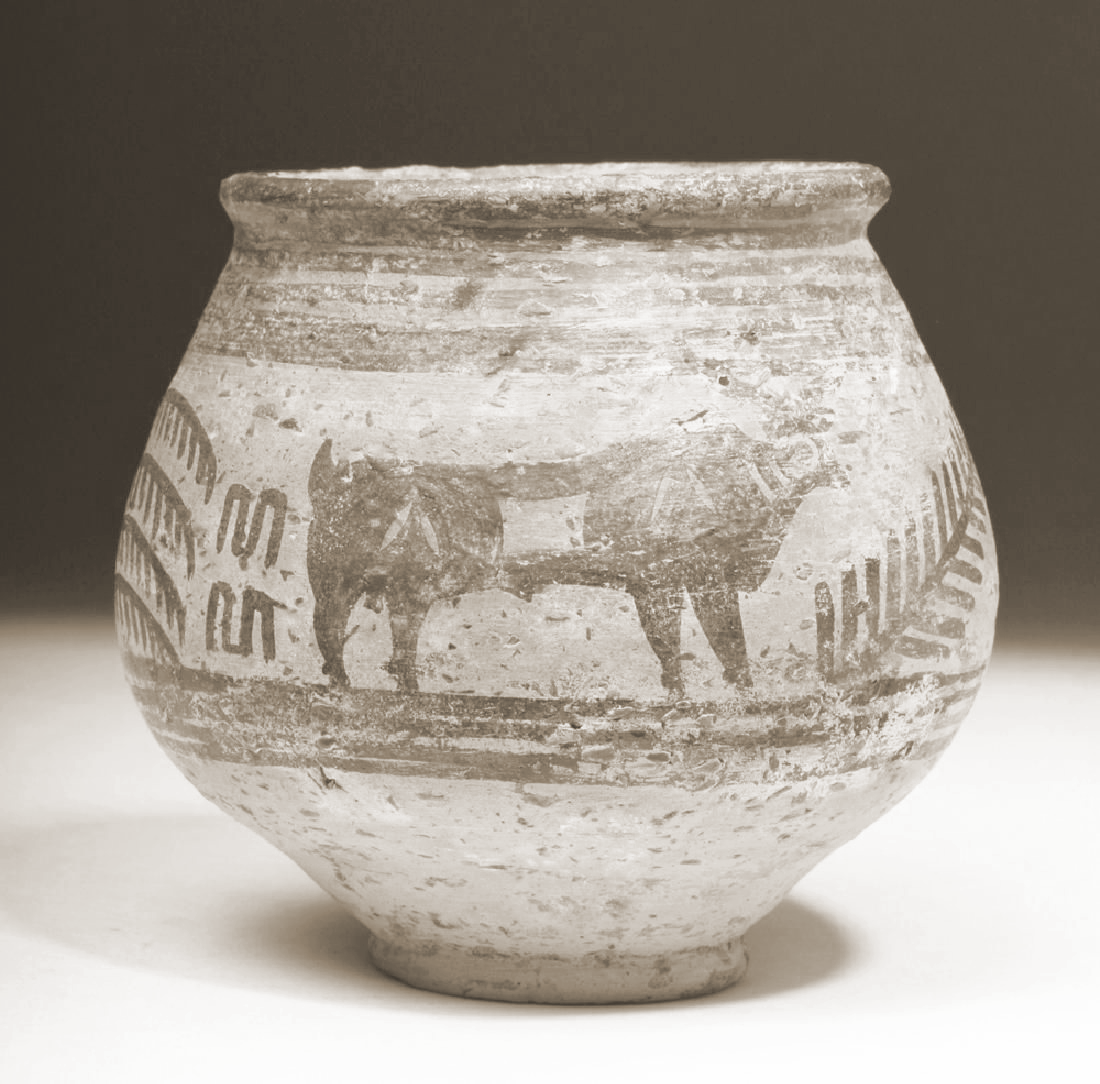

The Directive Principles of State Policy begins with the iconic scene of Arjuna and Lord Krishna’s conversation before the war.The sections of the constitution on rules that pertain to the President and Vice President is illuminated with the image of Lord Buddha’s Enlightenment.



Yada Yada hi Dharmasya glanirbhavati Bharata |
Abhyuthanam adharmasya tadaatmanaam srujamyaham ||
Whenever there is downfall of Dharma (path of rightful duty) and the Adharma prevails, I reincarnate myself on this abode Earth for the well being of mankind.
Part 14 of the Constitution containing Articles on Services Under the Union and the States, is depicted with a scene from the Mughal emperor Akbar’s court. Part 15 of the constitution of India, about democracy and elections, is illustrated with images of Chhatrapati Shivaji Maharaj and Guru Gobind Singh. Could one imagine anything more diverse and all-embracing?

The Constitution of India also takes inspiration from and borrows a few cherished features from other Constitutions - France, US, Germany and others - and adapts them to the ideology and context of India. Thereby being unique and distinctive. This is again good design principles in action where iterative views and best practices are observed.




Democracy is not merely a form of government. It is primarily a mode of associated living, of conjoint communicated experience. It is essentially an attitude of respect and reverence
towards fellow men.
- Dr. B. R. Ambedkar
Dr. B.R. Ambedkar is regarded as the father of Indian Constitution. He was also the first Ph.D in Economics and the first double doctorate holder in Economics in South Asia. During his
three years at Columbia University, Dr. Ambedkar took twenty nine courses in economics, eleven in history, six in sociology, five in philosophy, four in anthropology, three in politics
and one each in elementary French and German!

On 24 January 1950, 284 members of the Constituent Assembly signed the Indian Constitution at the Constitution Hall, now known as the Central Hall of Parliament, in New Delhi. It was first signed by Dr Rajendra Prasad, the first President of India. The date 26 January was chosen to commemorate the declaration of Poorna Swaraj (complete Independence) of 1930.
It was on this day in 1930 that the Indian National Congress issued the Declaration of Indian Independence opposing the British Regime's Dominion status. The resolution was first passed on 19 December 1929, at the Lahore session and marked the beginning of a large-scale political movement against colonial rule.

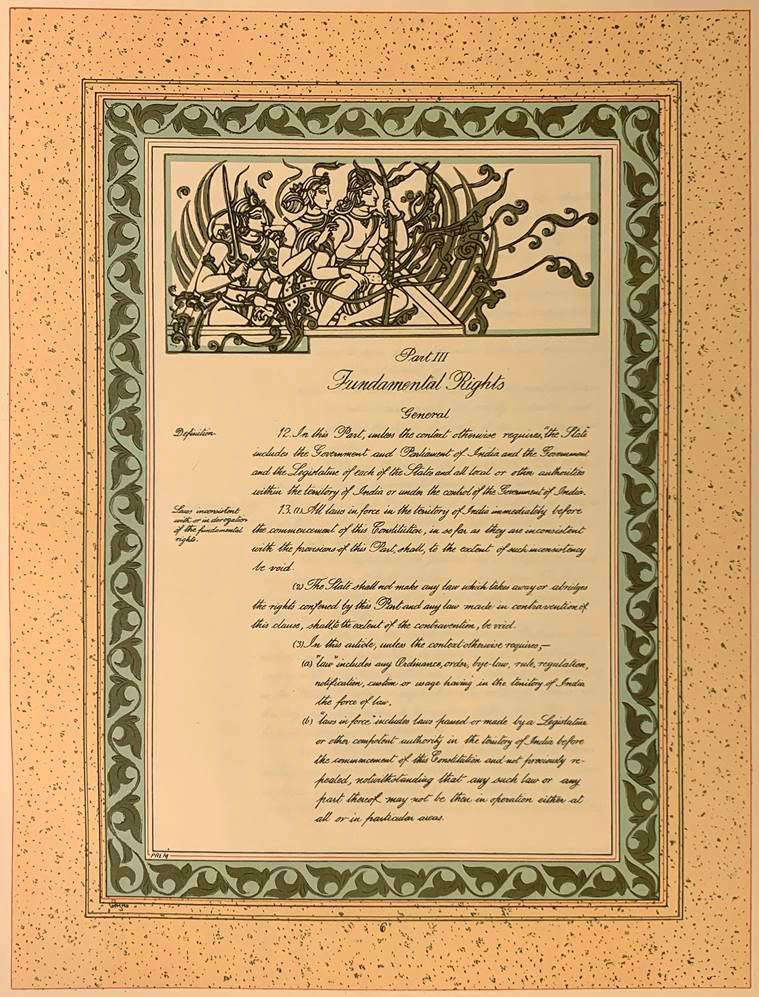
Within a vault-like room in the Library of the Parliament of India in New Delhi sit helium-filled cases - 30x21x9 inches in size. The temperature is fixed at 20°C (+/- 2°C) and a 30°C (+/- 5%) relative humidity is maintained throughout the year. Within the nitrogen-laden, hermetically sealed case are the 251-page bound manuscripts.


The pages are bound together in black leather, with beautiful gold patterns. For 70 years, the Survey of India kept the original printing machines which printed the precious letters of the Constitution on the page. Over time, while these machines have become worn out, they have been replaced by high-tech modern machines. As a memento, the first printed copy of the constitution is still kept in the Survey of India.


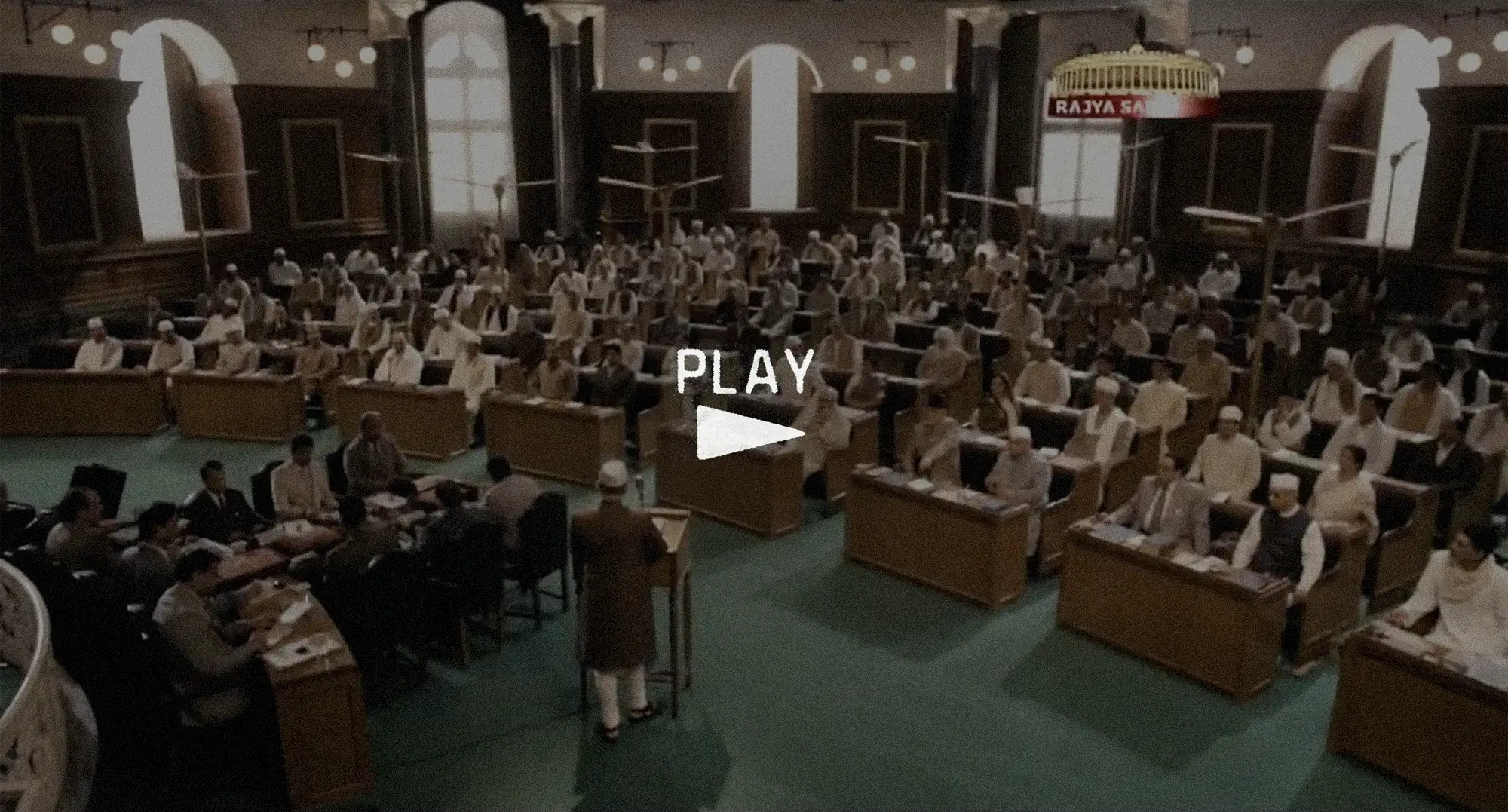

India’s Constitutional flexibility was a deliberate strategy by the framers, who were cognizant of both the nascent tryst with Constitutional ideas in the country and the need to adhere to a principle of accommodation. However the basic framework is resolute and unwavering.
The Supreme Court’s ruling in the famous Kesavananda Bharati case, which held that the basic doctrine of the Constitution cannot be altered has, ring-fenced the extent of flexibility the Constitution provides.

The 13-judge bench pronounced that while Parliament had "wide" powers, it cannot alter the basic structure of the Constitution.

The power of design is often underestimated or its definition often narrowed. As Steve Jobs is said to have remarked “Design is not just what it looks like and feels like. Design is how it works.” In this case design has not only helped shape a republic, guide a country's destiny but also ensured the endurance of a promise. The promise for the world's largest democracy. The best way we believe that one could express gratitude to the founders and architects of our Republic, is by re-affirming our commitment as citizens and institutions to what they laid out. In letter and spirit.
As a venture design collective, we at NYUCT Design Labs remain inspired by the power of design to shape good and build purpose. And cite more such beautiful examples that illustrate the power of design and design thinking - beyond the conventional.For this story we have relied on images and references that have been sourced online and from many quarters - all sources who we are sure share a love for this cherished heritage. We believe that for the story around the Constitution we love, "We the People" would be the most fitting source. Thank you for that. In case we have missed out on any credits inadvertently our apologies and a few warm hugs.
